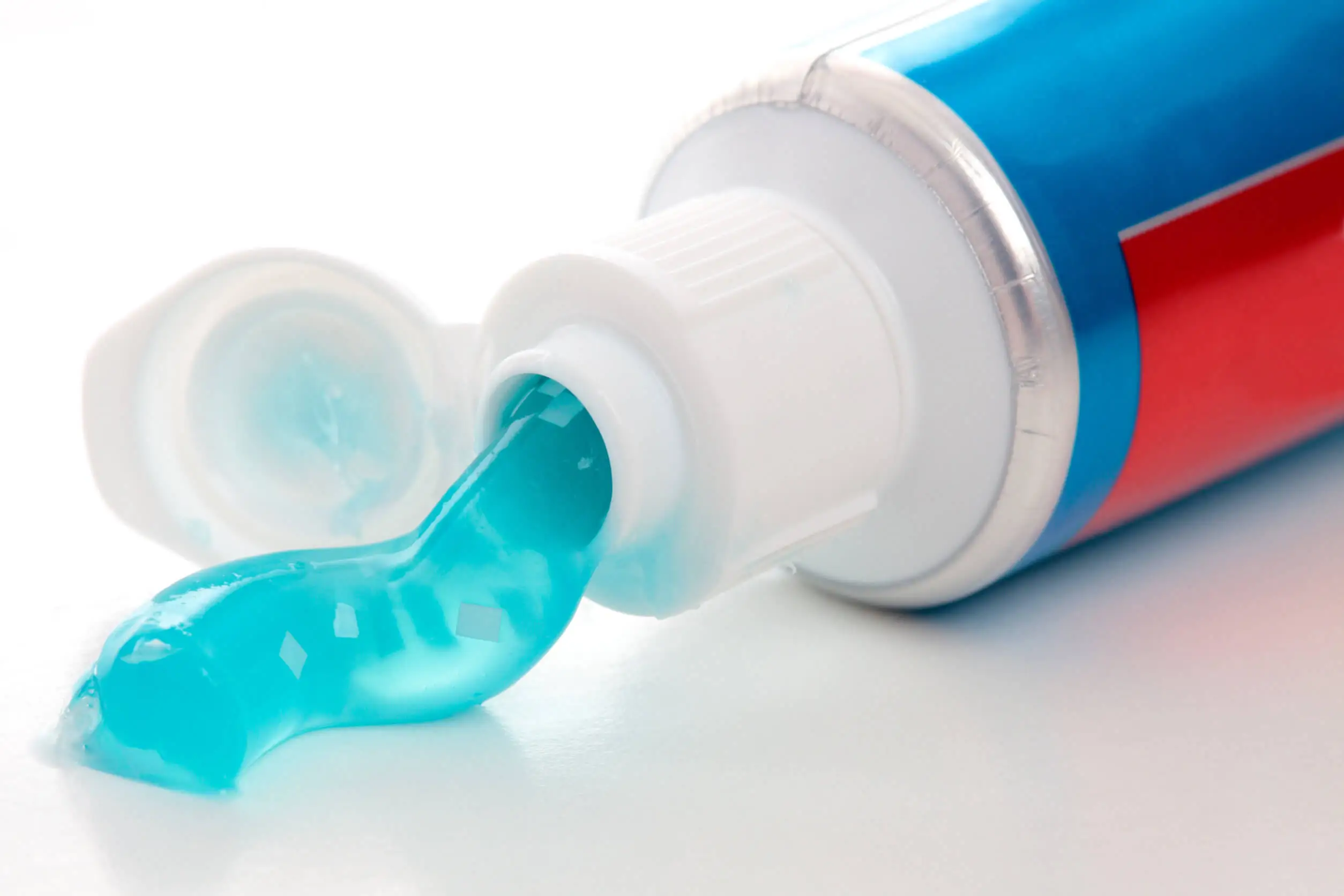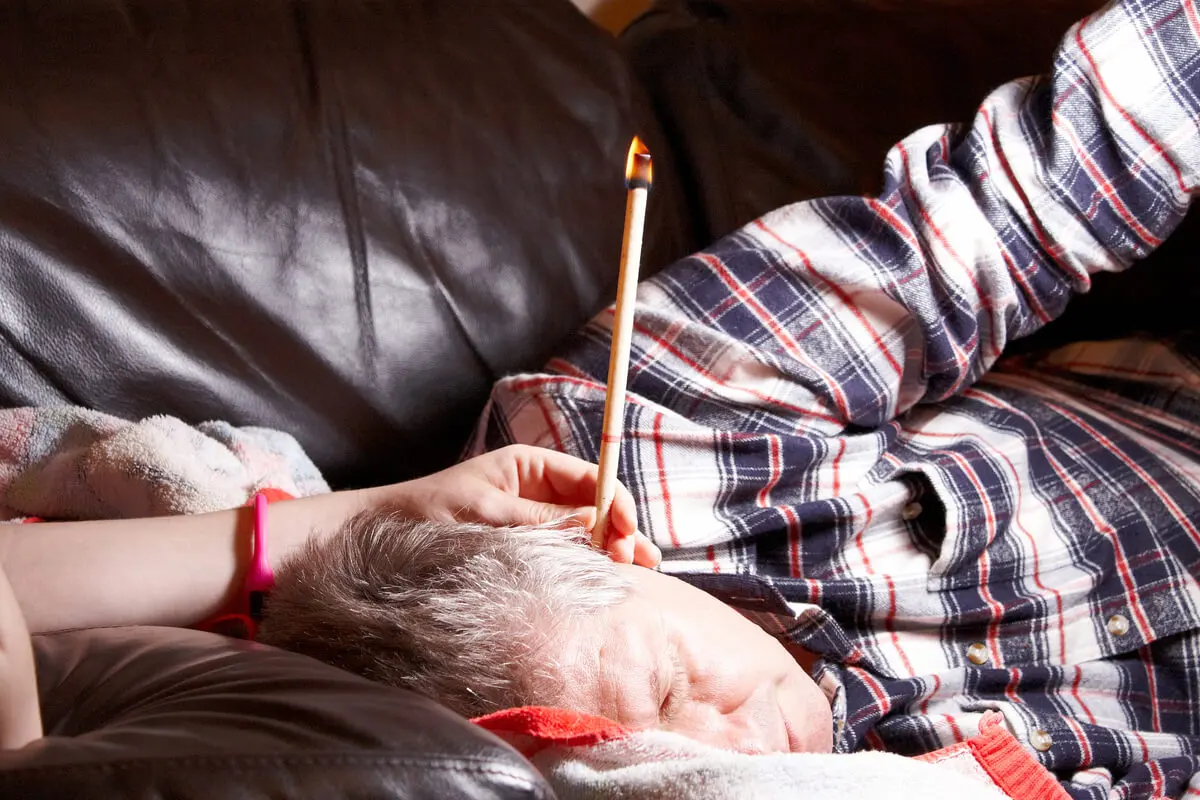6 Home Remedies that Can be Dangerous


Reviewed and approved by the doctor Leonardo Biolatto
Although many people are accustomed to seeking home remedies to combat their health problems, these can be quite dangerous. In fact, far from generating any benefit, they can lead to reactions that compromise your well-being. Which ones should you avoid at all costs?
Well, the list is actually quite extensive. However, there are some very popular ones that are still in common use. Therefore, it’s advisable to inform yourself about them, to know why they are harmful, and to look for alternatives. We’ll tell you more about them here.
Dangerous home remedies you should avoid
Generally speaking, home remedies should not be a first-choice treatment for illnesses. While it’s true that some are harmless and can help to calm certain symptoms, others are dangerous because they don’t really work and generate adverse effects.
So, whatever the remedy is, when faced with a health problem, it’s always essential to consult a doctor. The professional will guide you towards more effective treatment and, incidentally, will determine whether the supplement you want to use is safe. With this clear, now discover 6 home remedies that you should definitely avoid.
1. Toothpaste for acne
Until a few years ago, the use of toothpaste as a remedy against acne was justified by its content of an antibacterial called triclosan. According to its proponents, this component would serve to stop the growth of bacteria associated with this dermatological disease.
In addition, other substances such as baking soda would help “dry up” both blackheads and pimples. However, since 2017 the U.S. Food and Drug Administration (FDA) banned the use of triclosan as an ingredient in this type of product.
The reason is that evidence was found in which said substance is associated with decreased thyroid hormone levels and an increased risk of antibiotic resistance.
On the other hand, dermatologists warn that the presence of fluorides in toothpaste can even worsen acne. Also, in conjunction with its other irritating compounds, it can lead to dryness, burning, and flaking.

What is the solution?
Right now, there are a wide variety of free and prescription acne treatments. However, they’re not without adverse effects. Therefore, for a safe approach, it’s key to consult a dermatologist and follow his or her indications.
Read about: 16 Home Remedies for Acne
2. Oil or butter to treat burns
Beware! Applying oil or butter to soothe burns is one of the most dangerous home remedies. Both ingredients slow the cooling of the skin and can provide an ideal environment for bacterial growth.
What is the solution?
As stated in an article in MedlinePlus from the U.S. National Library of Medicine, it’s best to apply cold water to a burn, not ice, as freezing also tends to damage the tissue more. If the burn was caused by a chemical, it’s best to hold the burned skin underwater for 10 to 15 minutes.
Another measure that may help is to place a wet cloth over the burn. In any case, if the injury is serious, you should see a doctor as soon as possible.
3. Colloidal silver for the immune system
Colloidal silver supplements became popular in the market for their supposed effects in stimulating immune system functions, fighting infectious processes, and treating cancer. However, as detailed in a Mayo Clinic publication, there is no evidence to support these claims.
Instead, oral consumption has been found to lead to the accumulation of silver particles in the body. Over time, this causes a bluish discoloration of the skin and other organs (argyria). In rare and severe cases, high doses lead to seizures and organ damage.
What’s the solution?
When it comes to boosting the immune system, it’s essential to improve your lifestyle and diet. This generally helps in the prevention and recovery from infectious and chronic diseases. When it comes to conditions such as cancer, treatment should be exclusively prescribed by an oncologist.
4. Gasoline or kerosene for head lice
The application of gasoline or kerosene is one of the most dangerous folk remedies against head lice. For years, it has been believed that these solutions remove lice and nits like no other substance.
However, they have been found to be ineffective and potentially toxic. In fact, a Mayo Clinic publication warns that their use can cause severe burns.
What’s the solution?
Ellie Brownstein, a pediatrician at the University of Utah Greenwood Health Center, says the only safe and effective way to treat lice is to use an over-the-counter or prescription medication. In addition, it’s a good idea to comb through the hair with a fine-tooth comb to remove the eggs.
5. Dangerous home remedies for cancer
The use of home remedies to fight cancer has spread around the world. The natural supplement industry has sold the idea that herbal formulas or formulas based on certain natural components can help “stop cancer”. But is this true?
Not really. Many of the supplements are justified with laboratory or animal research whose results are inconclusive or even controversial. Hence, their use is considered dangerous when dealing with this disease.
Multiple cases have been reported in which patients have abandoned conventional treatment for the disease with the illusion of being cured with alternative treatments. There are even those who have fallen into the tendency to consume these remedies excessively, thinking that because they are natural they have no adverse effects.
Such is the case of an Australian man who developed cyanide poisoning after ingesting high doses of apricot kernel extract with the idea of stopping the progression of his prostate cancer.
Like him, many other patients have seen their health deteriorate after taking supplements in an excessive manner or without medical supervision. Remember that all of these can have interactions with the drugs used for cancer, which poses an additional risk.
What’s the solution?
Given the complexity of this disease, the treatment must be strictly one prescribed by a medical specialist (oncologist). For now, the most commonly used treatments include options such as chemotherapy, radiotherapy, immunotherapy, targeted therapy, and hormone therapy, among others.
The choice between one option or another depends on the type of cancer and the individual characteristics of each patient. In any case, in case of using any supplement, it’s essential to inform your physician. This will determine whether its consumption is safe or if it carries risks.
Check out these: Natural Remedies to Relieve Gastritis
6. Cone therapy to remove earwax
Cone therapy or cone therapy went viral as a method to remove excess earwax. Some even claim that it’s useful for soothing ear pain. However, science disproved these supposed benefits.
Charles W. Beatty, a Mayo Clinic physician, details that this technique can push earwax into the inner part of the ear canal; in addition, it carries the risk of burns to the face, scalp, and ear. It’s also associated with problems such as eardrum punctures.

What’s the solution?
If the wax buildup is causing discomfort, your doctor may suggest the application of softening drops for 2 or 3 days. If this isn’t enough to remove the residues, the practitioner will opt for other methods, such as extraction by irrigation or aspiration.
Home remedies can be dangerous if used without supervision
The list of home remedies is almost endless. In this article, we’ve taken a look at some of the most commonly used and dangerous ones. However, there are many more. For this reason, before using any of them, inform yourself or consult a doctor about their possible adverse effects.
Take into account factors such as the current state of health, the use of medications, and age before trying any preparation, even if it’s of natural origin. These characteristics determine whether a remedy is safe to use. Thus, it’s always best to seek professional advice.
All cited sources were thoroughly reviewed by our team to ensure their quality, reliability, currency, and validity. The bibliography of this article was considered reliable and of academic or scientific accuracy.
- Ekor M. The growing use of herbal medicines: issues relating to adverse reactions and challenges in monitoring safety. Front Pharmacol. 2014;4:177. Published 2014 Jan 10. doi:10.3389/fphar.2013.00177
- 5 things to know about triclosan. (2019). U.S. Food and Drug Administration. https://www.fda.gov/consumers/consumer-updates/5-things-know-about-triclosan
-
Schnitzler JG, Frédérich B, Dussenne M, Klaren PH, Silvestre F, Das K. Triclosan exposure results in alterations of thyroid hormone status and retarded early development and metamorphosis in Cyprinodon variegatus. Aquat Toxicol. 2016 Dec;181:1-10. doi: 10.1016/j.aquatox.2016.10.019. Epub 2016 Oct 24. PMID: 27810487.
- The Top 12 Acne Myths And Why They Aren’t True. (April 3, 2017). Anne Arundel Dermatology. https://aadermatology.com/the-top-12-acne-myths/
- True or False: Applying Butter to a Burn Aids Healing and Relieves Pain. (n.d.). Winchester Hospital. https://www.winchesterhospital.org/health-library/article?id=156971
- Kwon HB, Lee JH, Lee SH, Lee AY, Choi JS, Ahn YS. A case of argyria following colloidal silver ingestion. Ann Dermatol. 2009;21(3):308-310. doi:10.5021/ad.2009.21.3.308
- Brent A, Bauer. (July 29, 2021). Mi papá toma plata coloidal para la salud. ¿es segura?. Clínica Mayo. https://www.mayoclinic.org/es-es/healthy-lifestyle/consumer-health/expert-answers/colloidal-silver/faq-20058061
- Dawn Davis. (May 27, 2011). Over-the-counter Head Lice Treatments not Always Enough. Mayo Clinic. https://newsnetwork.mayoclinic.org/discussion/over-the-counter-head-lice-treatments-not-always-enough/
- Home Remedies for Head Lice Are Dangerous and Ineffective. (Feb 18, 2015). University of Utah Health. https://healthcare.utah.edu/healthfeed/postings/2015/02/021815_cvarticle-lice-home-remedy.php
- Konstantatos A, Shiv Kumar M, Burrell A, Smith J. An unusual presentation of chronic cyanide toxicity from self-prescribed apricot kernel extract. BMJ Case Rep. 2017;2017:bcr2017220814. Published 2017 Sep 11. doi:10.1136/bcr-2017-220814
This text is provided for informational purposes only and does not replace consultation with a professional. If in doubt, consult your specialist.








